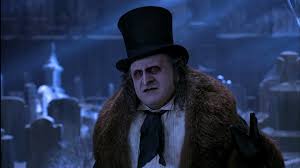Context Statement: This is a example for an ongoing blog post. It demonstrates my diversity of tone and style, as well as my knowledge of cultural references and storycrafting.
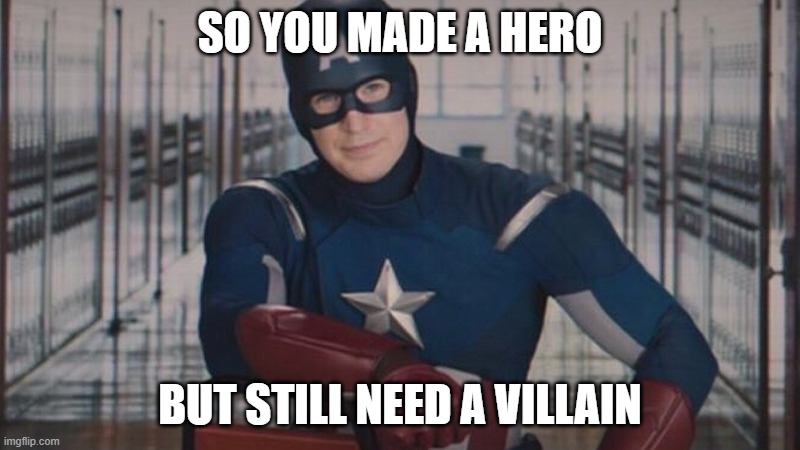
What decides whether a new Sci-fi/Fantasy story succeeds or fails? Often, so much effort and development goes into the creation of your plucky, complex hero that the villain becomes an after-thought. Unfortunately, a stereotypical villain that falls flat can bring the whole project down with him. As a young, prospective writer who has consumed far more movies, tv, and video games than is probably healthy, I have found a few important crafting questions to ask yourself as you sit down to make a Joker for your Batman.
What’s your Archvillain’s Motivation?
While this is an important question for any character you create, finding the propelling force behind your villain is especially significant. If your bad guy just wants to take over the world because that’s what bad guys do, your audience will be bored out of their minds. An engaging motivation taps into real emotion to which your audience can relate. Sometimes the most dynamic villain wants something that isn’t necessarily evil; perhaps they want to avenge someone they lost, or even save the world. But how they go about it, the choices they make, that’s what defines them.

Now that doesn’t mean there shouldn’t be mystery. It’s always best to have your audience more a less on the same page as the hero, and have them discover facets of the villain simultaneously. There is the occasional exception of revealing that the hero is walking into a trap or something so the audience will go, “Oh no, don’t do that!” Otherwise this is a pretty reliable principle to maintain. However, as the creator, it’s your responsibility to know as much about your character as possible, whether you reveal it or not. If you know your characters inside and out (plus a good outline for your whole story), you’re much less likely to end up with an empty disaster.
As an example of motivation, let’s compare a couple villains from the Marvel Movies. Let’s start with the villain from Ant-Man, Darren Cross. Do you remember him? Even I had look up his name. Why is he so forgettable? Because, in the end, he’s just another greedy CEO who uses the hero’s own technology against them. Even his powers are unremarkable; he has a suit like Ant-man, but with guns… so exciting! (More on why you should not clone the hero’s powers later.)
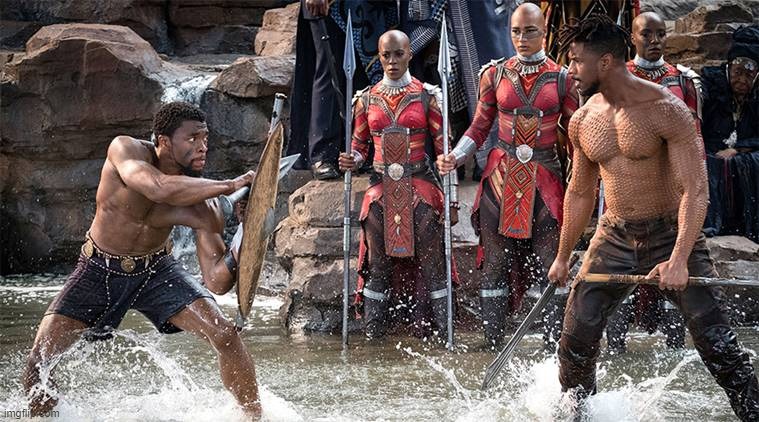
On other hand, there’s Killmonger from Black Panther. The trauma of watching his father die, plus the horrible environment in which he grew up, drives him to become a ruthless soldier. He wants to right the wrongs of slavery and racism, and is outraged that the technologically-advanced Wakanda does not interfere. His solution is revenge and violence; this is what brings him into conflict with his cousin T’challa, the hero.
This also shows how the motivation, in one way or another, needs to be tied to the hero. Maybe they agree on more than they disagree, maybe even they were old friends or even family; but everything in the story has to build the point where ideologies divulge and their paths crash against each other. And that crash, especially if it’s your archvillain, has to have lasting impact.
What’s you Archvillain’s Impact and Exposure?

This time, let’s start with an example. Even if you’ve never watched an episode of Star Trek: The Next Generation, you’ve likely heard of the Borg, a cybernetic race bent one assimilating all the other civilizations and technologies in the Star Trek galaxy. What you might not might not know is that, in seven seasons containing over 20 episodes each, the Borg only appeared a handful of times. How did they become the iconic villains of series with so few appearances?
In just one of those appearances, about half-way through the series, they kidnapped Captain Picard, arguably the main protagonist, brainwashed him, and had him wipe out nearly all of Starfleet, the good guys (usually), in a huge battle. The trauma from that event had major repercussions on Picard and his relationships with a lot of the other characters for the rest of the series, and even the movies and series that followed.
So, what are a couple of crafting lessons we can take from this?
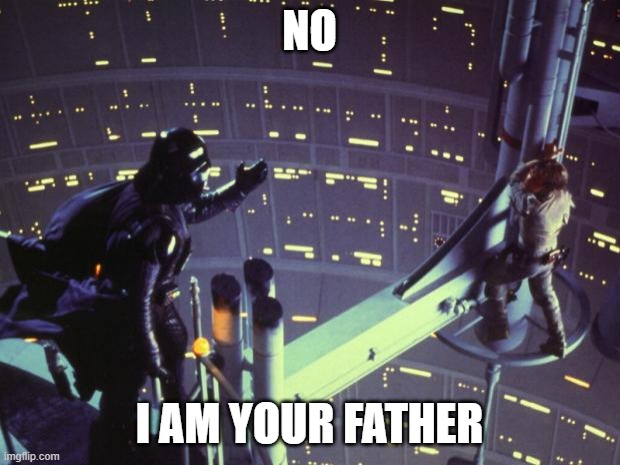
First, what the archvillain does has to make lasting changes to the hero and the world around them. Kill an important friend, destroy the hero’s home; something that radically shifts the direction of the story. Not only does this give important depth and development to your hero’s journey, but it also gives the value to an archenemy they deserve. To reach their full potential, you want your archvillain to come in, completely turn the hero’s life upside down, and leave. This means, more often than not, you want the hero to lose to your archvillain more than they win. Why? When the hero finally overcomes the archvillain in the ultimate climax of your story, it will be all the more satisfying, for both your hero and the audience.
Victories and defeats leads us to the other lesson: exposure. If you want your archvillain to have the maximum impact, you have to limit their time within the story; they have to be someone or something worth building towards. Also, if you use them for every single story, the relationship between the two characters becomes increasingly predictable and boring.
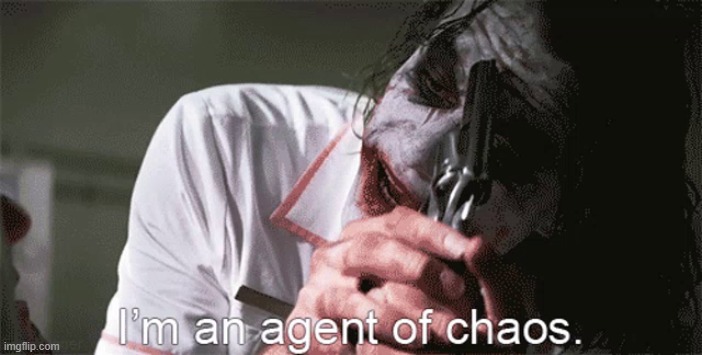
A good example of this is the Joker in DC. Although he’s undeniable a legendary character with a huge imprint within pop culture, there are so many different portrayals of him, from Jack Nicholson and Mark Hamill to Jared Leto and Joaquin Phoenix, that it’s incredibly hard to define him as a character. Not to mention, since he’s so overused, that every time he appears, you almost want it to be a different character.
Now, it’s always good to create early links between your hero and archvillain, but you might want to avoid having the archvillain as the antagonist of your hero’s first story, especially if you’re planning a long series. You want the hero’s first outing to be a victory of some measure, so they have motivation to continue forward. It also adds weight to your archvillain’s entrance, as they bring everything crashing down.
Is my Archvillain Unique and Undiluted within the Story?
When working with super heroes, sci-fi, or fantasy, we can create a lot of uniqueness for an archvillain with their powers. Like I mentioned before, the old tradition of cloning the hero’s powers for the villain should be avoided like the plague. You want their confrontations to be varied and vibrant; that is best done by making the archvillain drastically different from anyone else in your world. This can be especially effective when they can subvert and exploit the hero’s weaknesses; that’s hard to do when the two characters are just reflections of each other. As far as power level goes, it never hurts to always keep the archvillain even, if not ahead, of the hero.
Let’s return to the character of Joker for a moment. Because of the success of the first Batman movie, its sequels had a tendency of giving elements of Joker (clown-like features and maniacal tendencies) to the villains of the sequels: Penguin in Batman Returns and Two-Face in Batman Forever. Not only does this take away significance from the character of Joker by diluting him into the other characters, it robs the other villains of their own unique traits. To add insult to injury, you’re also having Batman basically fight the same villain over and over, diluting the experience for the audience as well.
It can be hard to make a completely unique character, especially with sheer volume of fiction in the world; your own intertextuality will always have some small part in the characters you create. There are also many merits to building off of or subverting classic archetypes. The most important thing, however, is that the character has his or her own unique place within the story, and does not rely on another character to have an impact.
